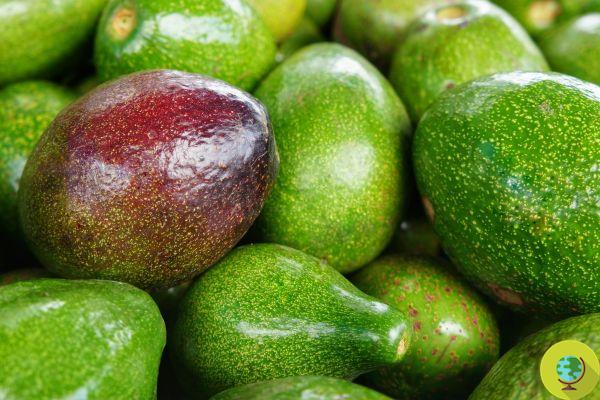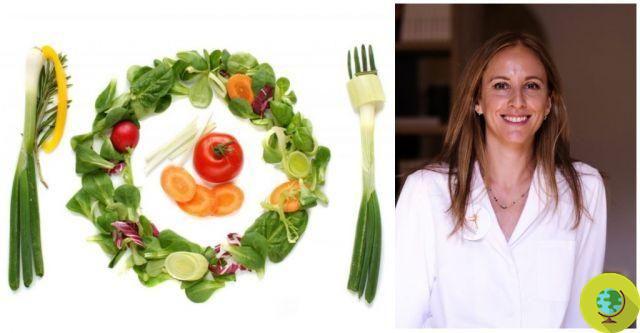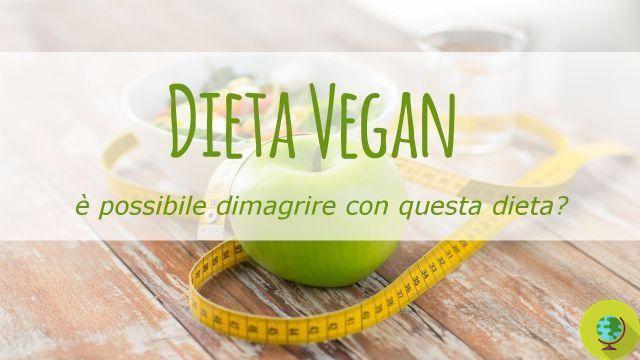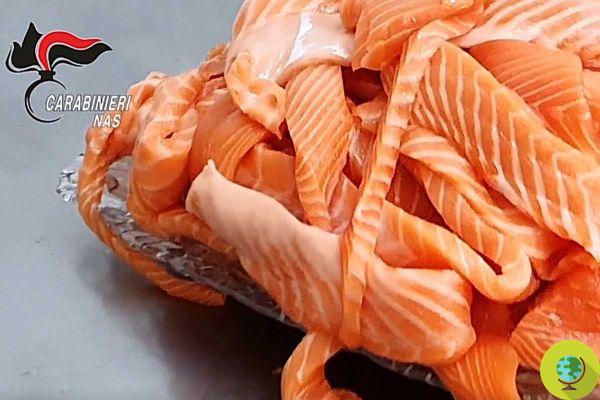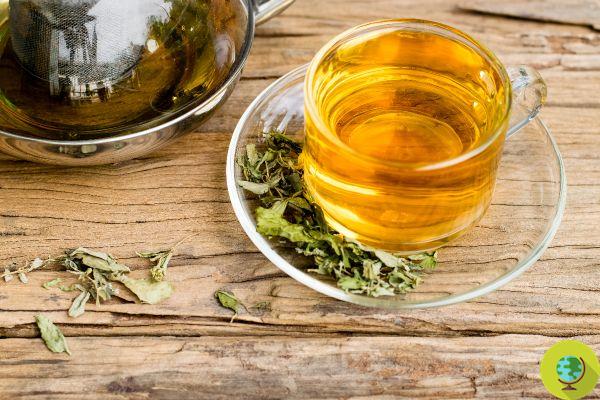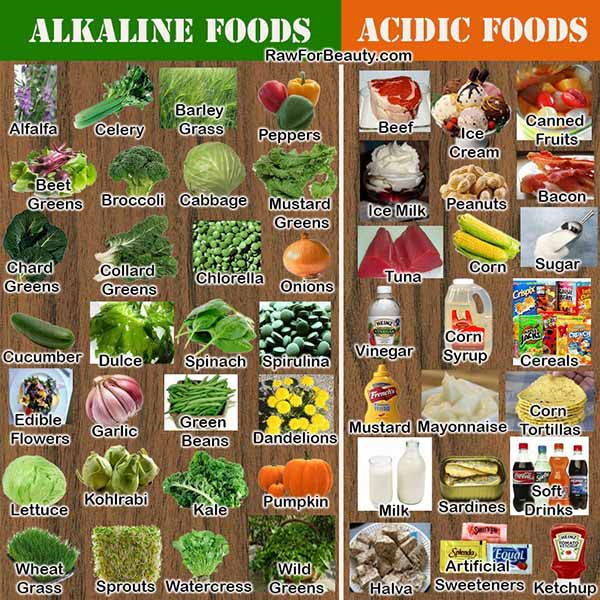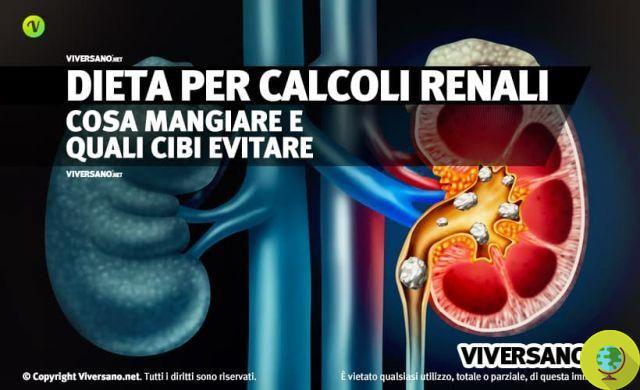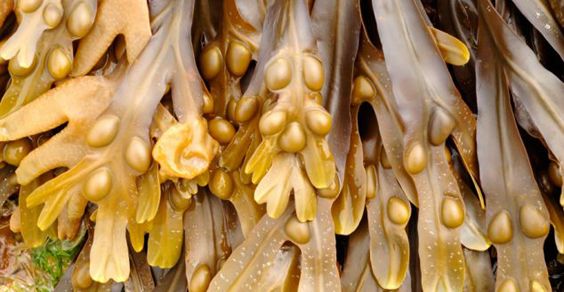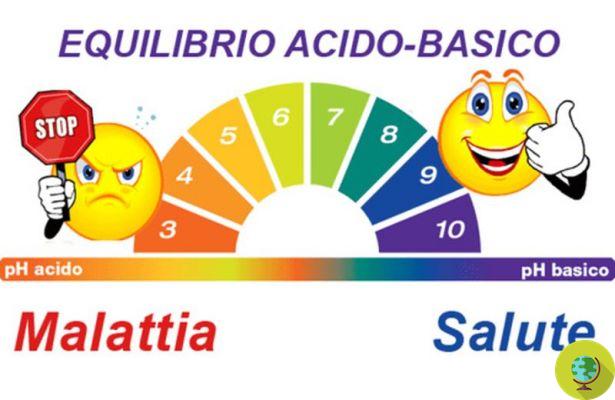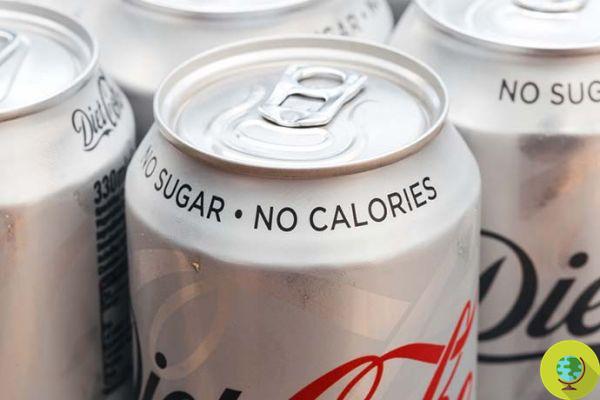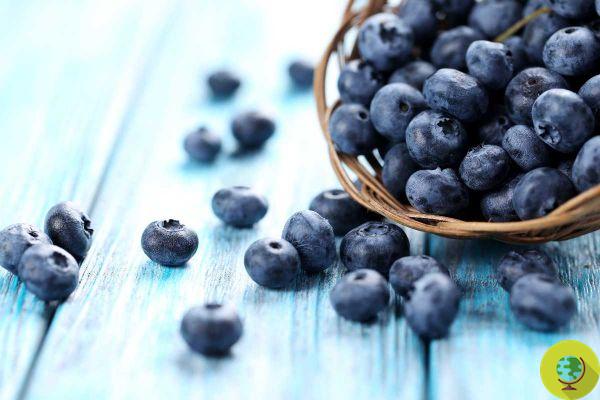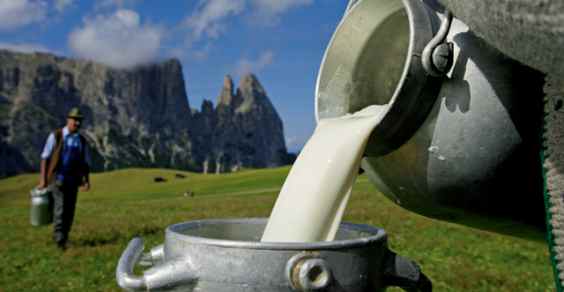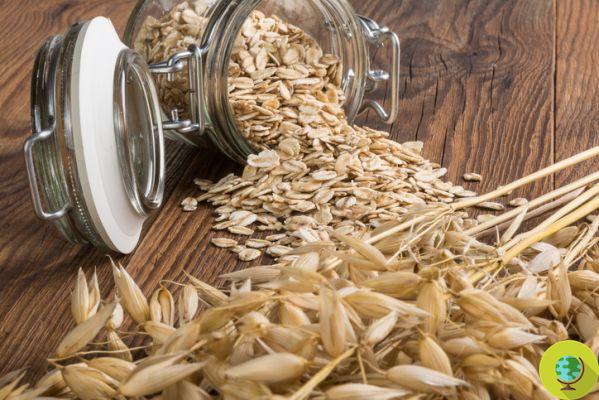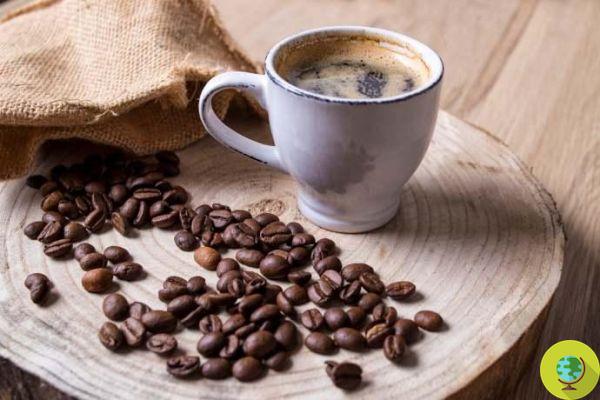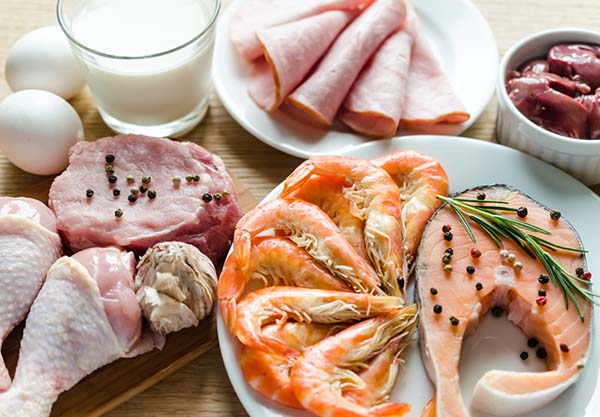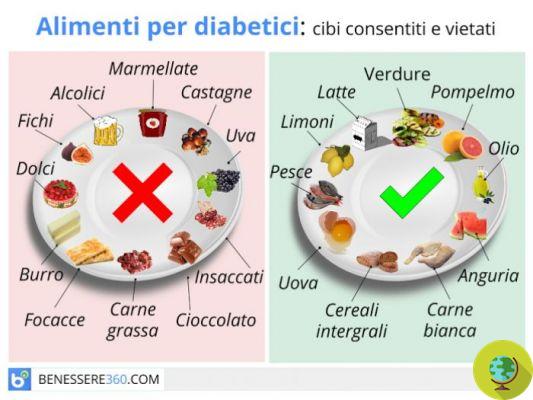Chestnut flour is obtained by grinding dried and toasted chestnuts. Let's find out what it is, its nutritional values and how to use it
Don't store avocado like this: it's dangerousChestnut flour is obtained by grinding dried and toasted chestnuts. Let's find out its properties and how to use it in the kitchen
La Chestnut flour it is also called sweet flour, because it has a typically delicate and sweetish flavor. It is a final product obtained from previously dried and finely ground chestnuts.
Given thehigh calorie intake, especially in the past, it was used as a very important source of livelihood for many peoples. Today, however, it is not widely used in cooking and is mostly used in sweet recipes, for example, to make typical dishes such as castagnaccio. Gluten free, is suitable for the nutrition of the intolerant and gods celiac. (Read also: Chestnuts: properties, uses and how to cook them to enhance all their benefits)
Index
Chestnut flour: what it is and how it is produced
Chestnut flour is produced by drying and grinding the chestnut. After chestnut harvest in October, and after having extracted them from the wrappers, these typically autumn fruits are placed in huge bales of jute ready for drying.
Like chickpea and almond flour, chestnut flour is also produced by finely grinding the chestnuts previously subjected to a drying process, lasting about 30-40 days; the goal is to completely eliminate the moisture found in the fruit.
After that, the chestnuts are subjected to beating and roasting, to then be ground and thus obtain the flour which has a light color ranging from light hazelnut to ivory depending on the degree of refinement, an almost impalpable consistency and a strong and sweet flavor. There are some types produced in the mountain areas with artisanal techniques, characterized by a light smell of smoke due to the custom of roasting chestnuts before stone grinding.
Nutritional values
Chestnut flour is very caloric, just think that in 100 grams of product there are approximately 343 Kcal and:
- 6 g of protein
- 3,7 g of lipids
- 76 g of carbohydrates
- 11 mg of sodium
- 847 mg of potassium
- 3,2 mg of iron
- 50 mg of calcium
- 164 mg of phosphorus
- 0,23 mg of vitamin B1
- 0,37 mg of vitamin B2
- 1 mg of vitamin B3
- 11 g of water
Given its intake in terms of calories, it is not recommended for overweight and obese subjects and patients diabetics. Also, excessive consumption of this product can have side effects as:
- aerophagia
- colitis
Consumed in the right quantities, chestnut flour in addition to having a high nutritional value is also highly digestible.
Chestnut flour: properties
Just like the raw material it is made of, this type of flour has many properties, such as:
- high fiber content which helps regulate bacterial flora and promote intestinal motility
- rich in proteins, lipids and vitamins, such as vitamin C and those of group B, essential for the proper functioning of the immune and nervous systems
- poor of cholesterol
- source of mineral salts, including calcium, sulfur, phosphorus, potassium and magnesium useful for regulating mood, ensuring the health and proper functioning of the cardiovascular system, to counteract fatigue and irritability
- it contains iron and folic acid perfect, therefore, also for anemic or pregnant women
- gluten free ideal for celiacs or in cases of gluten intolerance.
How to buy good chestnut flour
buy good chestnut flour it is necessary to know exactly where it is produced. In some areas of our country, moreover, this flour is still produced with the traditional dryer, the half, that is a large stone hut where chestnut trunks are stacked as firewood, and they practice manual peeling by beating the chestnuts with a wooden pestle with flat ends.
There are, however, those types available in supermarket chains that are produced in the factories; here the transformation is entirely entrusted to machinery, which allow to obtain very fine flours, homogeneous and free of residues. Obviously, if you choose these products it does not mean that you are preferring a poor quality flour, as many companies select and use high quality raw materials.
To buy good chestnut flour we recommend you always observe the appearance, that is the color, and the taste; in fact, if it is too dark in color and a bitter taste, the product is obviously not of good quality, since the best flours are sweet and have a light beige color.
Chestnut flour: uses in cooking
Chestnut flour is often used exclusively for the preparation of desserts, such as castagnaccio, given its slightly sweet taste.
But this product, on the other hand, can be used for the realization of different dishes, from fresh homemade pasta to soups with a typically autumn flavor, passing through bread or polenta, replacing the classic corn flour, up to desserts such as pancakes, muffins, cakes and soft and gluten-free plumcakes. (Read also:Chestnut flour: from pasta to pancakes, 10 surprising ways to rediscover it in your recipes
Follow us on Telegram | Instagram | Facebook | TikTok | Youtube
On chestnut flour you might be interested in:
-
The recipe for Castagnaccio, the ancient sweet with a rustic flavor prepared with chestnut flour
-
Yogurt plumcake with chestnut flour
-
Withdrawal of chestnut flour due to the presence of mycotoxins
-
Quick shortcrust pastry: with chestnut and rice flour. And a cake without sweeteners. Very sweet!




